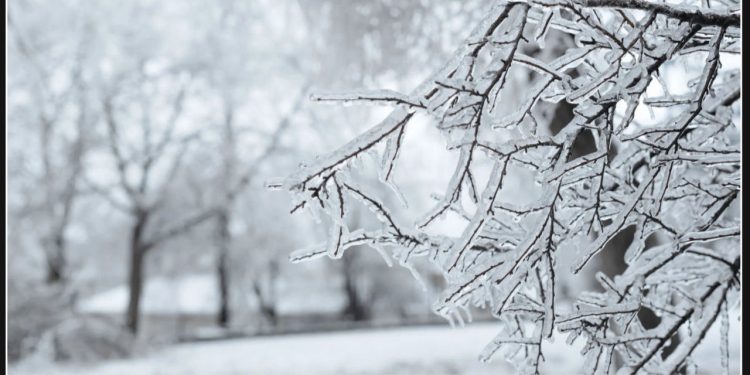The Fall season in St. Louis was a pleasant roller coaster, with mild temperatures for most of the three months. Rainfall varied dramatically, with droughts interspersed with heavy rains, including a notable two-day event on November 4-5.
As days grow shorter, temperatures are cooling, signaling the inevitable arrival of Winter. Forecasting Winter weather is both the most exciting and the most challenging task. This year’s prediction comes with potential triumphs and inevitable uncertainties, but that’s the essence of long-range forecasting.
Key Factors for the Winter Forecast
This Article Includes [hide]
Much attention is on the developing La Niña, a cooling of Pacific Ocean waters, although it appears weak and may fade later in the season. La Niña and El Niño significantly influence long-range forecasts because ocean temperatures drive global weather. Despite their importance, it’s essential not to overgeneralize their effects; every event is unique.
In crafting this Winter’s outlook, a range of atmospheric and oceanic factors are analyzed daily. Here are a few key components:
- Analogs: Past weather patterns provide a foundation for future predictions. Historical years of interest include 1915-16, 1950-51, 1979-80, 1985-86, and 2020-21.
- Solar Activity: The sun’s active cycle this Winter will likely influence global weather patterns.
- Volcanoes: The activity and location of eruptions remain critical factors in long-range forecasting.
Oceanic Indicators:
- ENSO (El Niño-Southern Oscillation)
- PDO (Pacific Decadal Oscillation)
- AMO (Atlantic Multidecadal Oscillation)
- IOD (Indian Ocean Dipole)
Atmospheric Indicators:
- WPO (West Pacific Oscillation)
- NAO (North Atlantic Oscillation)
- AO (Arctic Oscillation)
Wind and Solar Indicators:
- QBO (Quasi-Biennial Oscillation)
- Solar Flux and Geomagnetic Activity
Month-by-Month Outlook
December 2024
- Average High/Low: 44.5°F/28.5°F
- Snowfall: Below average (3.2” typical)
The month will likely feature above-average temperatures, with potential cold snaps early and late in the month. While December is expected to be milder overall, the presence of northern and southern storm tracks might lead to fluctuating weather conditions. Rainfall and snowfall are predicted to be below average.
Christmas Forecast: A late-December cold snap may bring snow, raising the possibility of a white Christmas in St. Louis.
January 2025
- Average High/Low: 40.4°F/23.8°F
- Snowfall: Below average (5.7” typical)
The new year will likely begin with a cold spell but trend milder overall. One significant Winter system mid to late January could deliver a mix of rain, sleet, and snow. However, the bulk of the month is expected to feel less like hardcore Winter, with above-average temperatures and below-average precipitation.
February 2025
- Average High/Low: 45.8°F/27.6°F
- Snowfall: Near or slightly above average (4.3” typical)
February is shaping up to be the coldest month of Winter, with Arctic air intrusions creating a few snow opportunities. While not consistently cold, this month may deliver two to three storm systems. Rainfall is expected to be near average, with snowfall potentially reaching or exceeding typical amounts.
Seasonal Summary
For the Winter season (December–February), snowfall is predicted to total below average at 12 inches or less (typical average is 16-17 inches). Still, snow enthusiasts may find hope in a few notable systems.
Seasonal Highlights to Watch
- December: The courting calls of great horned owls and the arrival of bald eagles.
- January: Red-tailed hawks along highways and chickadees foraging in trees.
- February: The early songs of chickadees and flocks of returning robins.
Enjoy Winter’s unique beauty, challenges, and surprises. The Spring forecast will be released in February—stay tuned!
Also Read:
- 3 Lives Lost in Missouri Due to Horrific Accident Captured on Dashcam
- Family says woman taken from Clayton hours earlier was found shot to death in St. Louis


